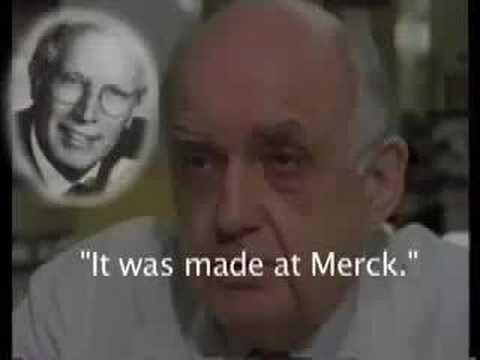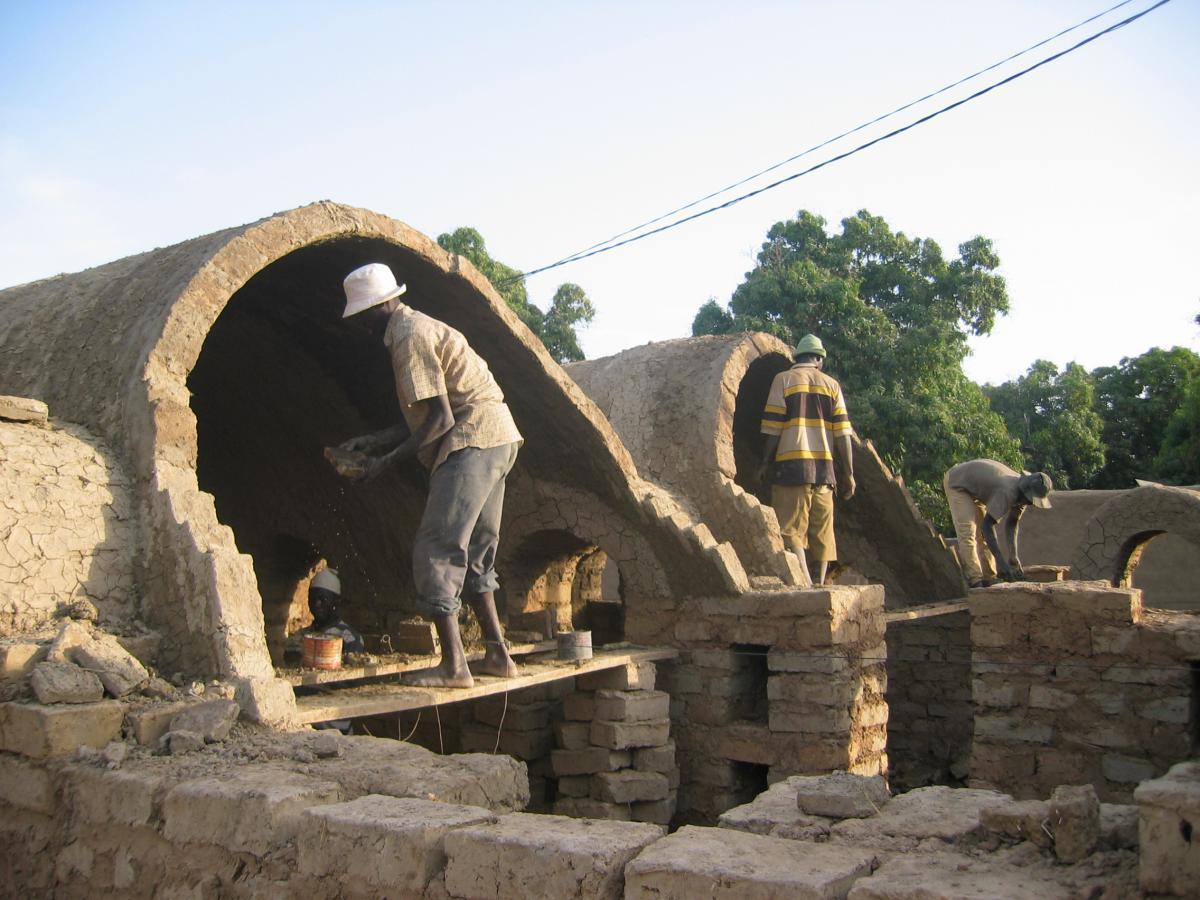
down the hole we go
#vaccinescam to #mass #murder most of the #population
https://vaccineimpact.com/2013/vaccine-pioneer-doctor-admits-polio-vaccine-caused-cancer/

Vaccine #Pioneer #Doctor #Admits #Polio #Vaccine #Caused #Cancer - Vaccine Impact
Dr. Mercola ran an article on Dr. Hilleman back in 2011, which portrayed a completely different story from what the mainstream media reports regarding Dr. Hilleman. He featured a censored video of Dr. Hilleman that has circulated on Youtube for years. That video has since disappeared from Youtube, but others exist broadcasting the same interview with Dr. Hilleman. We have copied one below, along with the transcript.
Dr. Hilleman was the developer of Merck’s vaccine program. He developed over three dozen vaccines, more than any other scientist in history. He was a member of the U.S. National Academy of Science, the Institute of Medicine, the American Academy of Arts and Sciences, and the American Philosophical Society. He received a special lifetime achievement award from the World Health Organization. Hilleman was one of the early vaccine pioneers to warn about the possibility that simian viruses might contaminate vaccines. In the interview below he states: “vaccines have to be considered the bargain basement technology for the 20th century.”
Dr. Mercola’s article reveals 60 different lab studies that linked the Salk Polio vaccine to cancer, which Helleman admits was the responsibility of Merck:
It also caused #Lupus, #ChronicFatigueSyndrome and #Fibromyalgia.
But according to this new video, there was much more to the story, which traces the #SV40 back to gain of function #research back to the 60s, when a #bioweapon was being developed, and was used to secretly assassinate Fidel #Castro.
The story also involves Lee Harvey #Oswald, a woman who was working on the gain of function research, the #JFK assassination, and more.
And it reveals that the SV40 #viruses are also in the #Clot #Shot.
#Warning: some heartbreaking footage of experimental #animals being #mistreated. )
"In the summer of #1963, a young girl found herself caught up in a clandestine covert operation to eliminate Fidel Castro. This wouldn’t be a shot heard around the world, but rather, a silent shot of super cancer causing #poison, derived from a monkey simian virus called SV-40.
This tale has everything from murder, espionage, a tragic love story, to bioweapons and the genesis of gain-of-function research, weaponized in COVID-19."
https://rumble.com/v3mroia-kill-shot-the-cias-sv40-cancer-weapon-full-story-w-shannon-joy.html
#mass #murder by #vaccination
KILL SHOT: The CIA’s SV40 Cancer Weapon - Full Story w/ Shannon Joy








